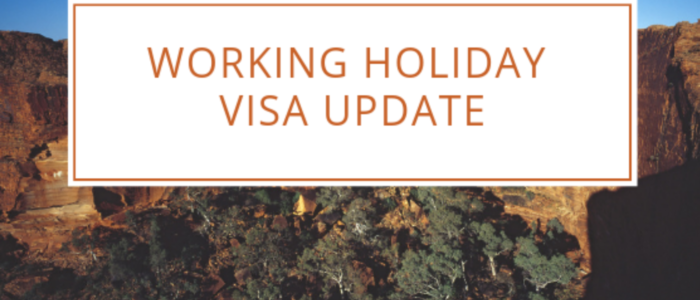Last year, the Government announced changes to its working holiday and visa program – when implemented, it would represent one of the biggest overhauls of the extremely popular program. The aim of these changes according to Minister for Immigration, Citizenship and Multicultural Affairs David Coleman, is to help ease farm labour shortages in regional and rural Australia.
More than 210,400 working holiday maker visas (subclass 417 and 462) were granted last year, injecting $920 million into the economies of regional towns.
Prime Minister Scott Morrison is hopeful the visa changes will push this figure above $1bn. He is however not backing down from 15% tax on working holiday-makers.
“Lifting the annual caps on visas, expanding the number of regional areas where work and holiday makers can work for three months in specified farming work, and allowing 12 months of work with the same agricultural employer will assist farmers this growing season,” Mr Coleman said.
“These incentives will encourage more workers to the regions that need them and provide working holiday makers with more flexibility, as well as the opportunity to experience living and working in Australia’s rural communities.”
What are the changes to the Working Holiday Visa?
Changes to the WHM visa program include:
- Increase the eligible age for subclass 417-visa applicants from Canada and Ireland to 35.
- From 5 November 2018,
- Expand regional areas where subclass 462-visa holders can work in agriculture to qualify for a second 462 visa.
- Increase period from 6 to 12 months in which subclass 417 and 462-visa holders can work with the same agricultural employer.
- Eligibility for a third-year for subclass 417 and 462-visa holders who, after 1 July 2019, undertake 6-months of specified work in a specified regional area during their second year.
For any queries related to the Working Holiday visa, please contact us at advice@perdaman-gs.com.au





Comments are closed.